NO INVASION OF VIJAY NAGAR IN INDIA
ONLY MUSLIM CULTURE INFLUXED INTO HINDU EMPIRE
Startling imagery of Muslims on Hindu Temples
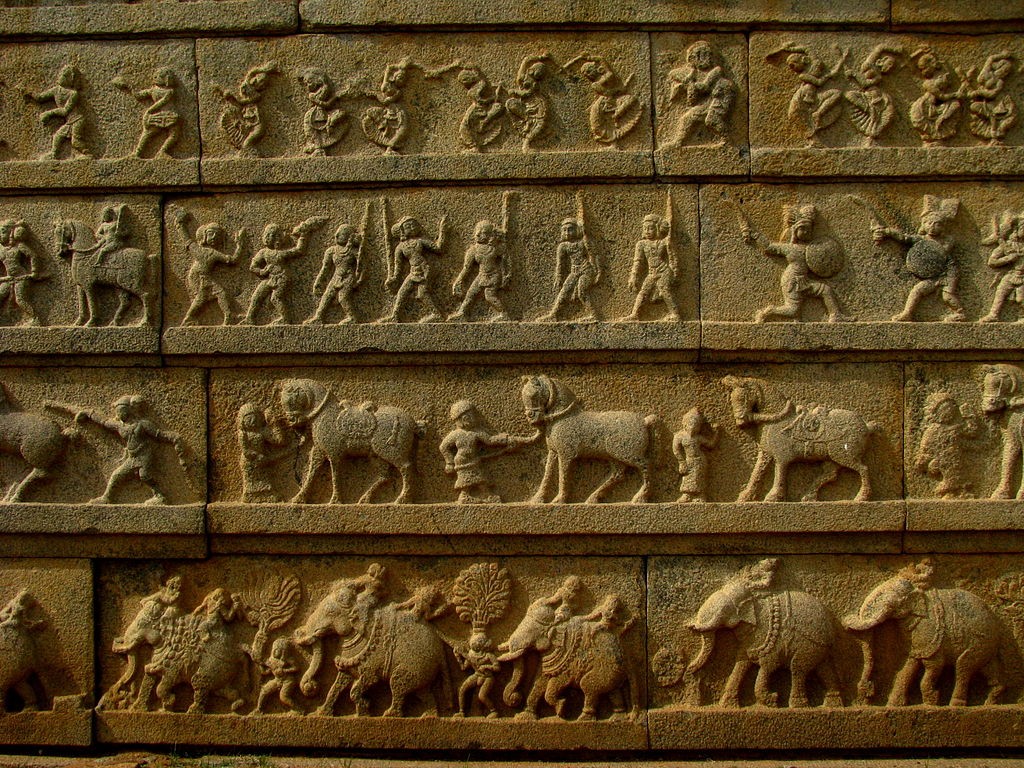
Not much has been written on Vijay nagar. It is in a remote area, non accessible to most. Nobody owned to go that far in India. The earliest account is of the Portuguese Nicolo Conti and then the account of Abdur Razzak, who called with an embassy from Persia. Yes, the Muslims were there and battles did take place, and reconciliations done, but mostly it was ruled by Hindu Rajas. Considered as the bulwark of Hinduism against Muslim conquest, little was known about it.
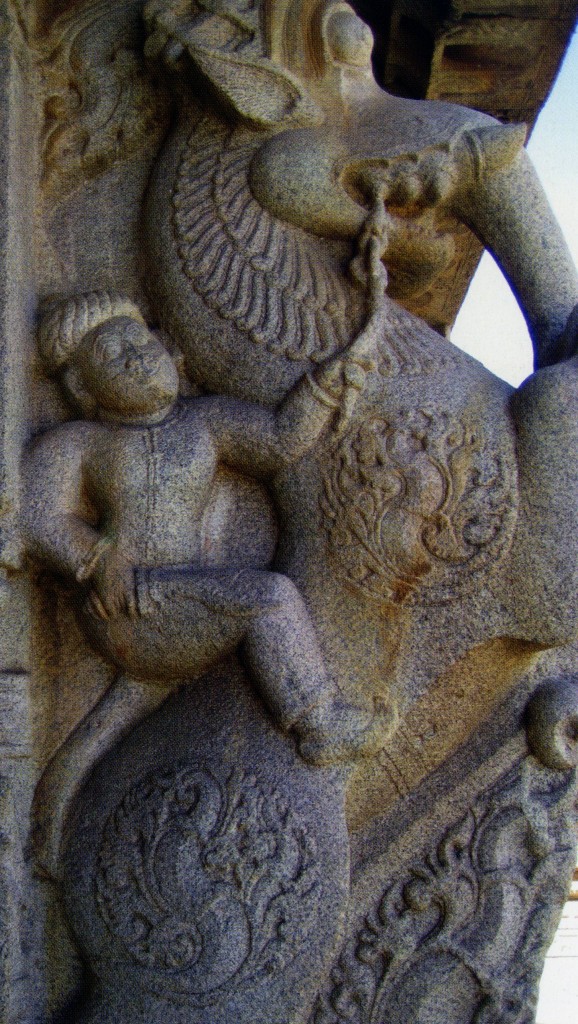
The most sensational is the story of PERTAL, the daughter of a farmer from Mudkhar, on whose level battles started between the Muslim and the Hindus. The King of Vijay nagar was DEVA RAYA II, and he fell madly in love with the girl. When marriage was offered, Pertal did the strangest thing possible at that time. She refused a proposal from the King himself. The result literal anarchy as the King went into rage.The farmer sought protection of Sultan Feroze Shah and a great battle took place, and the General involved was AHMAD KHAN KHANAAN. The Hindus were defeated and in spirit of reconciliation (either lose the Empire), Deva Roy II much against his will, consented to give the hands of his daughter to the Sultan. This proposal of the girl had brought peace and allowed Deva Raya II to retain his throne. The girl was married by the Sultan to his nephew Hassan Khan. The great General Ahmad Khan is still there in Vijay nagar both with his tomb as well as the Mosque he built there.
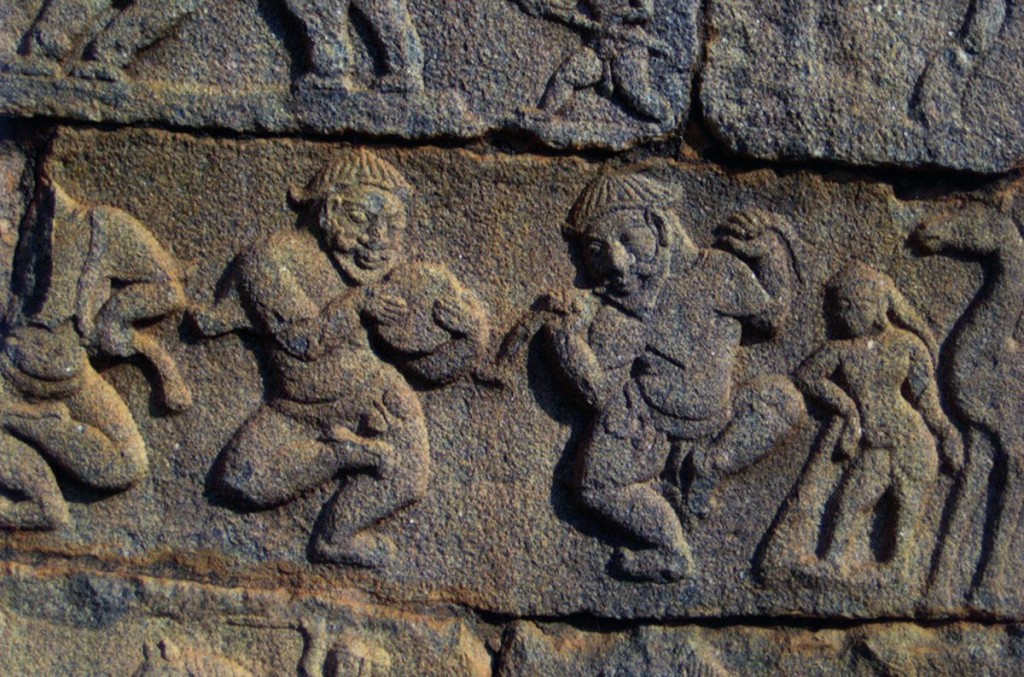
Modern research has hounded scholars with Muslim imagery in Vijay nagar as well as in famous Temples in it from 1400 to around 1600 A.D, and the Muslims there represented are various types, including Arabs, Turks, Central Asians and even Bahmani Sultans. No history exists about this but the monuments themselves. Less this is written off as mere heresy, there is for instance the Tomb and Mosque of certain Ahmad Khan. There is an inscription highlighting it as the Mosque of Ahmad Khan and dated around 1439 A.D, in the reign of Hindu Raja Deva Raya II (1419 AD to 1444 AD). Other Muslim forms of Architecture are visible both in gates of Forts as well as Arches in the Palaces itself. But the most astounding imagery is of Muslims in friezes in Temples as well as life size imagery of Muslims riding fantastic beasts in the Temples themselves. The friezes tell us about various professions of Muslims there. There are Muslims taking care of Horses and animals. There are Muslim delegations paying homage to the Rajas. And the funniest part is Turkish dancers entertaining the Raja himself with Muslim dances.
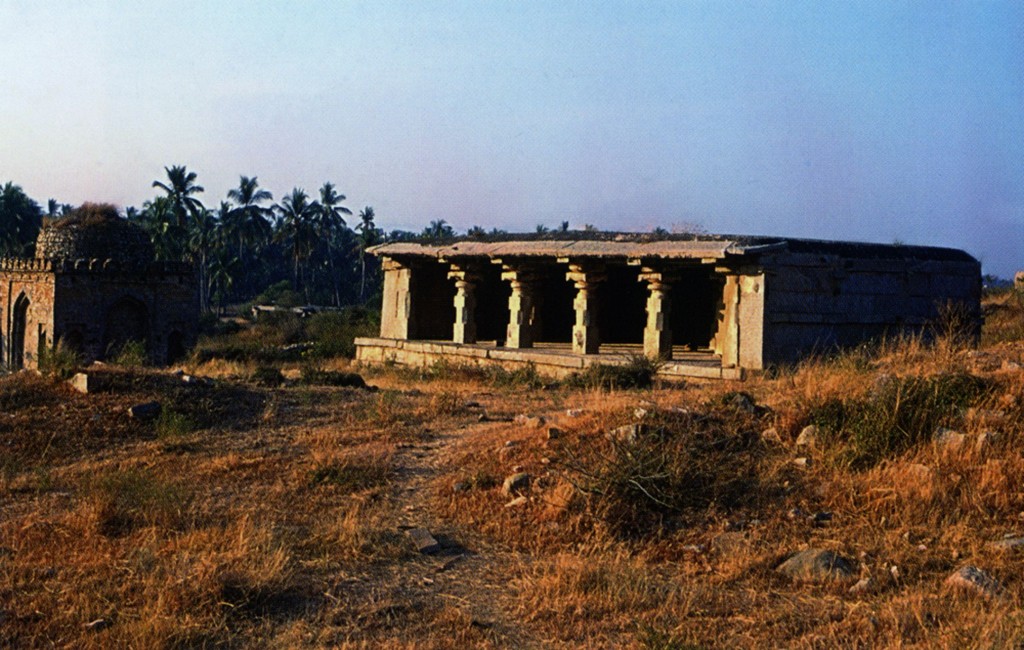
All this shows the huge flux of Muslim Culture in forgotten Hindu empire. The Rajas could resist the conquest of the place but could not resist the lure of Muslim Culture in their own lives. And at times where the written word becomes meaningless, the visual imagery becomes most important in preserving lost times. These things were noted by famous scholars of our times but the first to point it out was DR Hermann Goetz of Germany and he wrote an article on it. Various other scholars have contributed to same over the years. The researcher Anna L. Dalla piccolla has done most for it in recent times. The fact is that historians have given various twists to history and the interaction of Hindus and Muslims in the region did not always mean war. The so called invaders were accepted as any other nation by the Hindu Rajas of that time.
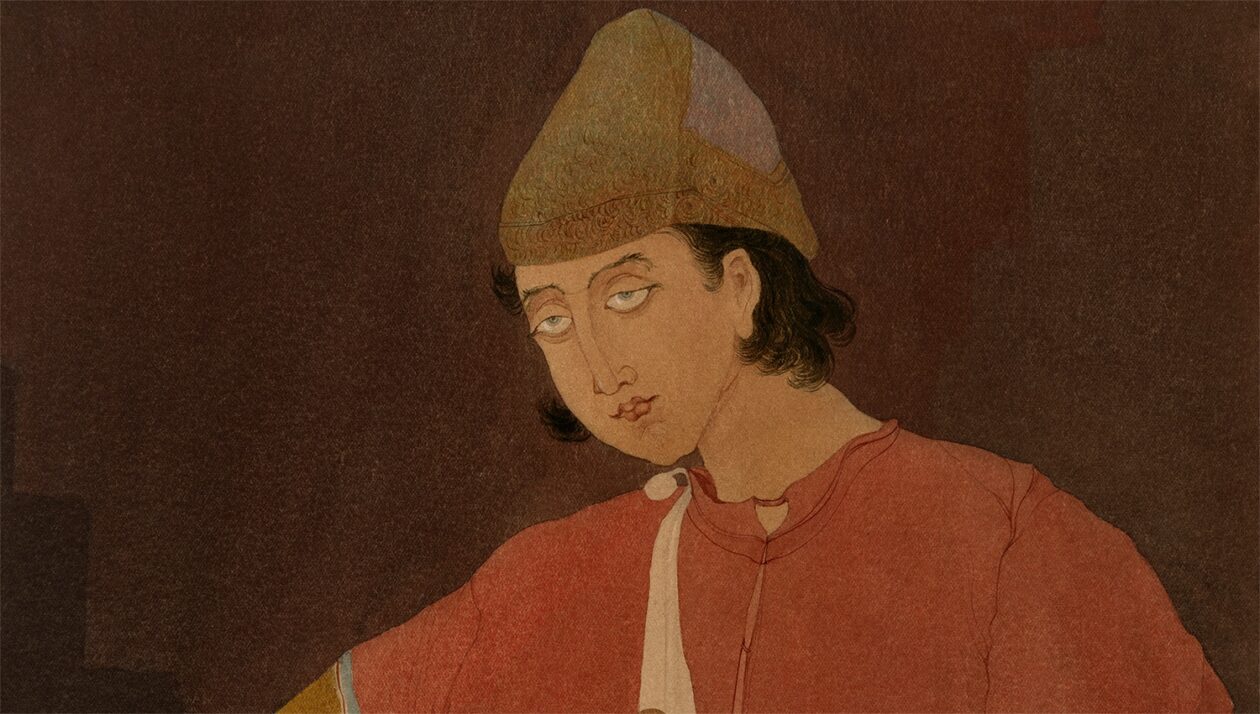
We can still live in peace if we remove the baggage of hatred and solve existing problems. Extermination policies are for barbarians not civilized nations.